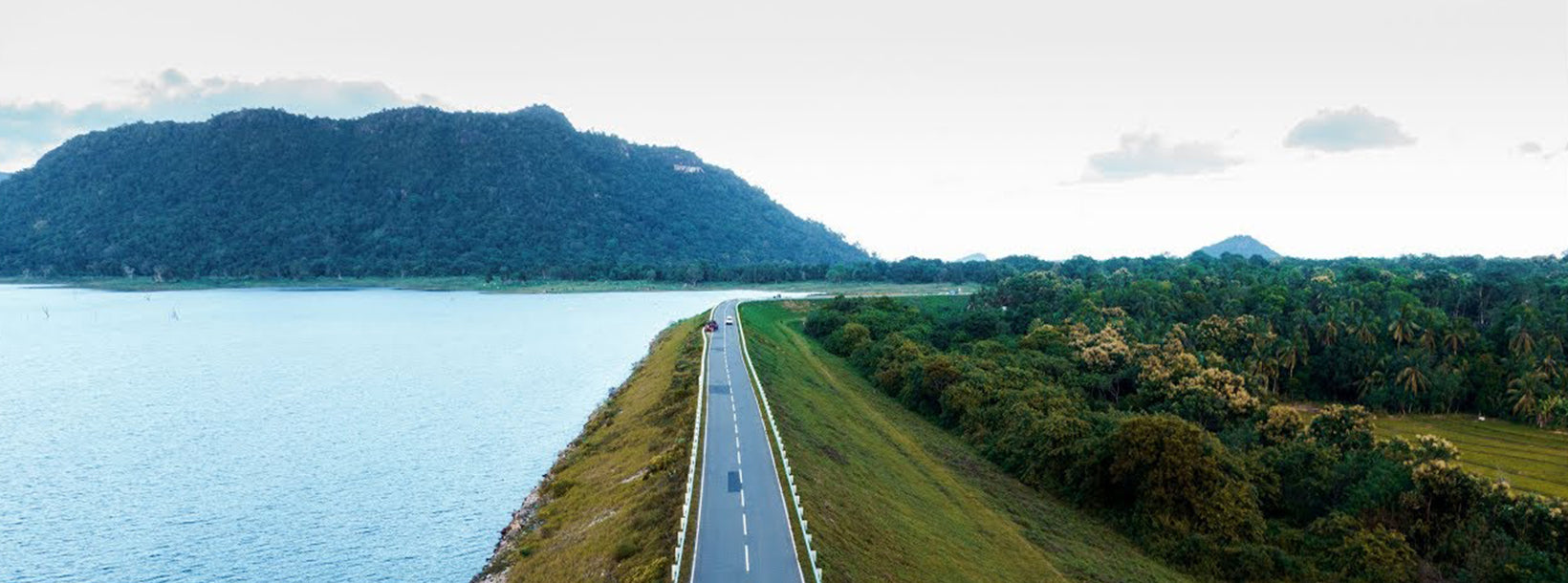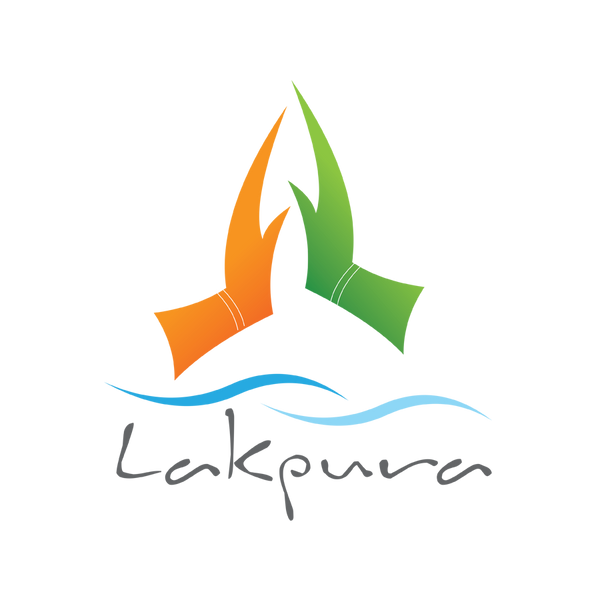
Ampara City
Ampara: District in Sri Lanka's Eastern Province, showcasing diverse landscapes, wildlife sanctuaries, historical sites, and cultural attractions, perfect for exploration and adventure.
Padiyathalawa
Padiyathalawa is a small town located in the Ampara District of Sri Lanka’s Eastern Province. Nestled at the foothills of the central highlands, it serves as a gateway between the eastern plains and the interior hill country. The town is known for its natural beauty, traditional agriculture, and cultural diversity.
The area is surrounded by forest reserves, hot springs, and fertile farmland. Padiyathalawa is home to the popular Wahawa Hot Springs and is close to the Maduru Oya National Park, making it an attractive stop for nature lovers and eco-tourists. The region supports rice cultivation, chena farming, and small-scale spice production.
Visitors to Padiyathalawa can experience rural Sri Lankan life, explore ancient Buddhist temples, and enjoy scenic drives through lush greenery. The town’s quiet charm and proximity to natural attractions make it ideal for travelers seeking off-the-beaten-path experiences in the Eastern Province.
Padiyathalawa is accessible year-round, with the best weather typically from May to September. Located along the Mahiyanganaya–Ampara road, it is reachable by bus or private vehicle, offering a peaceful escape into Sri Lanka’s less-visited but richly rewarding landscapes.
About Ampara District
Ampara is belongs to the Eastern Province. of Sri Lanka It is a remote city on the East Coast of Sri Lanka, about 360 km from the capital city of Colombo.Ampara is the largest paddy harvesting province in the country, and has the Indian Ocean on the east coast of Sri Lanka as a fisheries resource. Most of the civilians are Sinhala, while Tamils and Moors also live in the coastal parts of the district.
About Eastern Province
The Eastern Province is one of the 9 provinces of Sri Lanka. The provinces have existed since the 19th century but they didn't have any legal status until 1987 when the 13th Amendment to the 1978 Constitution of Sri Lanka established provincial councils. Between 1988 and 2006 the province was temporarily merged with the Northern Provincee to form the North-East Province. The capital of the province is Trincomalee. The Eastern province's population was 1,460,939 in 2007. The province is the most diverse in Sri Lanka, both ethnically and religiously.
Eastern province has an area of 9,996 square kilometers (3,859.5 sq mi).The province is surrounded by the Northern Province to the north, the Bay of Bengal to the east, the Southern Province to the south, and the Uva, Central and North Central provinces to the west. The province's coast is dominated by lagoons, the largest being Batticaloa lagoon, Kokkilai lagoon, Upaar Lagoon and Ullackalie Lagoon.













